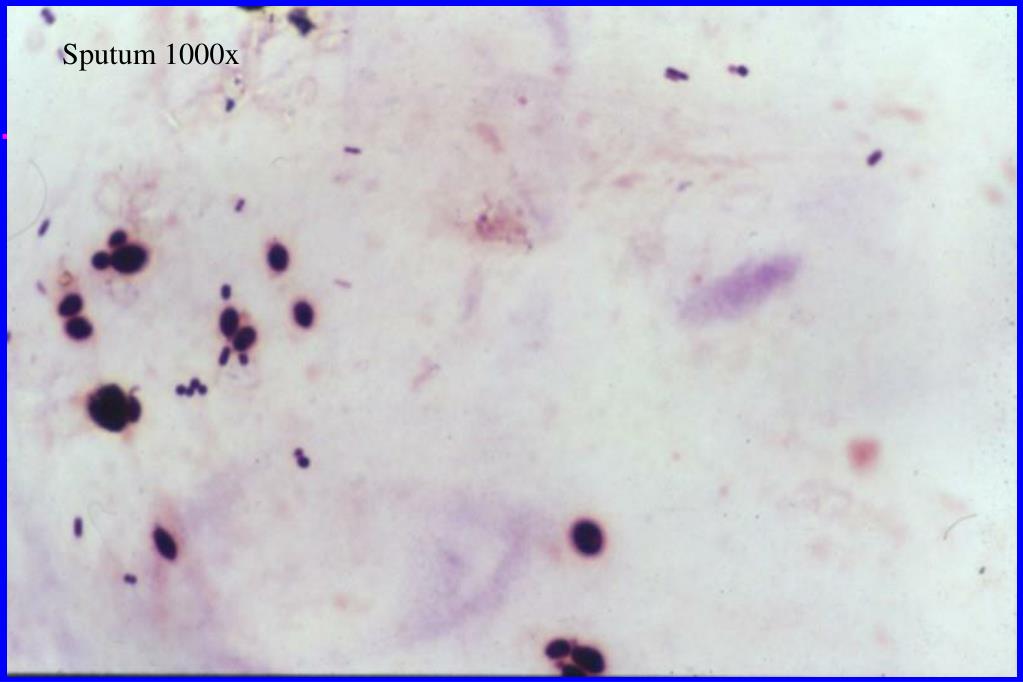
Wash the film with distilled water or phosphate buffer of pH 7.Allow the diluted stain to act for 10-12 minutes.Add double the volume of distilled water to the slide and mix.Methanol in the stain fixes the preparation. Cover the film with Leishman’s Stain (S018S) and allow it to act for 1 minute.Freshly prepare and rapidly air dry blood film.The use of methanol acts as a fixative preventing perforation.The stain is used to differentiate and identify white blood cells, malaria parasites, and trypanosomes.This stain was developed by William Leishman using polychrome methylene blue and eosin Y and methanol solvent.May-Grünwald-Giemsa stain takes longer to perform and it produces intense color after staining.A major difference between the Wright-Giemsa stain and May-Grünwald-Giemsa stain is the color intensity and the duration of test performance.They are distinguished by the solution used for staining.

Stains that are related to Wright and Wright-Giemsa stain are buffered Wright Stain, buffered Wright-Giemsa stain.A combination of Wright stain and Giemsa stain is known as the Wright-Giemsa stain.The stain is made up of a mixture of eosin (red) and methylene blue.In cytology and cytogenetics, it is used to detect chromosomal defects and diseases by staining the cell chromosomes.Use of urine samples help to diagnose for urinary tract infection and interstitial nephritis by detecting the presence of eosinophils.Majorly they are used as differential stains for the various types of white blood cells and also they can be used quantitatively for white blood cell count in persons with parasitic-blood infections such as malaria, and disorders like leukemia.These are hematological stains that are used to differentiate blood cells from peripheral blood smears, bone marrow aspirates, and urine samples.When Giemsa stain is added to the Wright’s stain, the color brightens to a reddish-purple in the cytoplasmic granules.This defines the procedure for the Wright stain.The heated methylene blue with Eosin Y is allowed to precipitate to form an eosinate, which is then dissolved with methanol.



Additionally, the Romanowsky type stains can be made by oxidized unmethylated methylene blue, by the effect of oxidative demethylation.The mixture of active eosin Y and active methylene blue was attributed to the formation of hues that distinguished the cell components, in that shades of purple, are formed in the cell chromatins of the nucleus and the granules in the cytoplasm of some white blood cells, to which Romanowsky defined as the Romanowsky effect or Romanowky-Giemsa effect.This ability is known as the Romanowsky effect also known as metachromasia.Romanowsky staining works principally in its ability to produce a variety of hues which makes it possible to differentiate various cellular components.The acid dye, Eosin binds to the alkaline cytoplasm forming red coloration.The azures are basic dyes that bind to the acid nuclei forming a blue-purple color.The stains are neutral, made up of oxidized methylene blue (azure) dyes and Eosin Y.


 0 kommentar(er)
0 kommentar(er)
